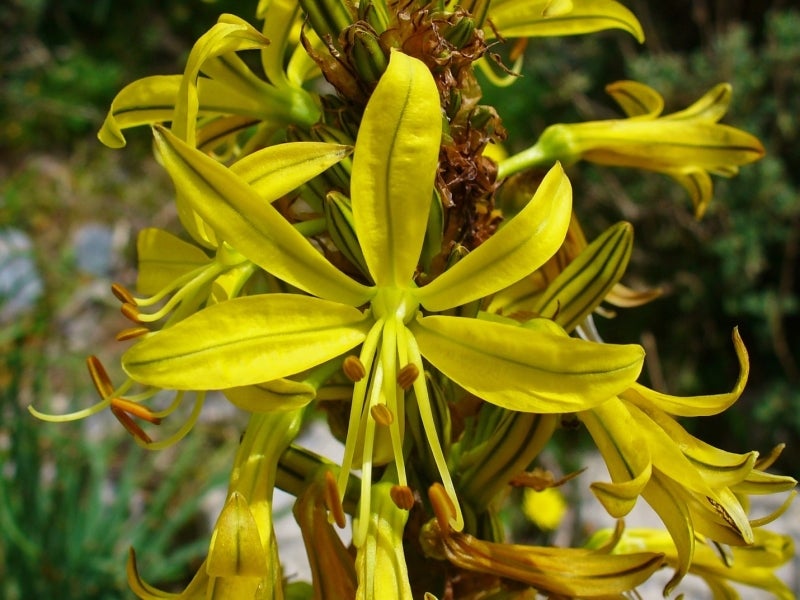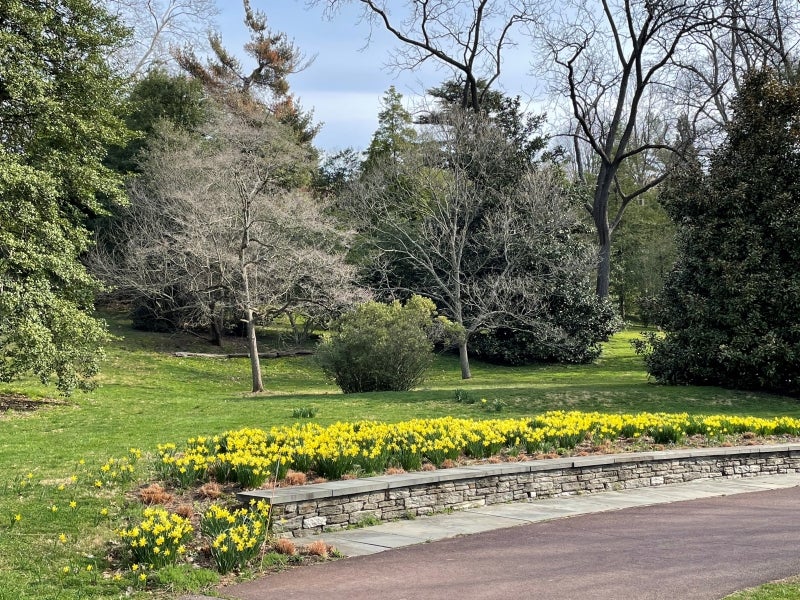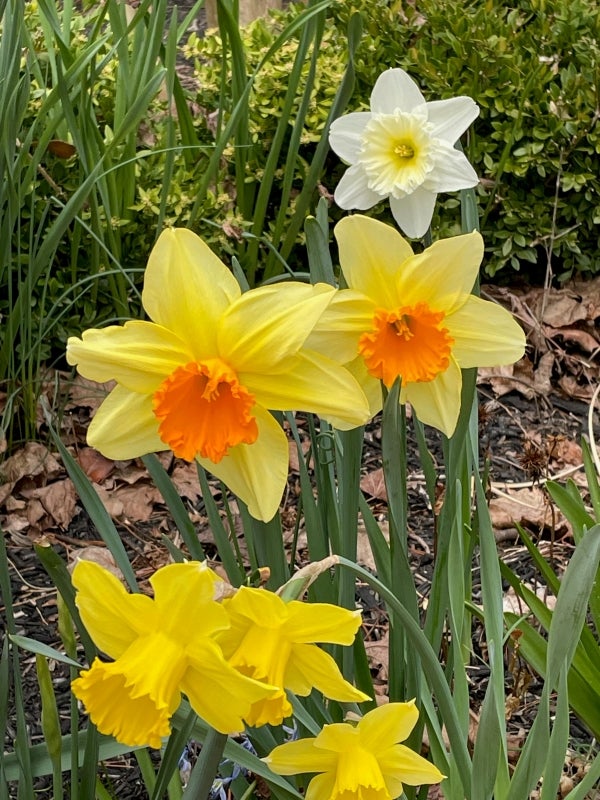Blog

Plant Names and Provenance: Narcissus spp. (daffodils)

Notice the white narcissus flowers by the foot of Narcissus. (Public Domain)
Narcissus is an ancient name for native Mediterranean bulbs that produce showy yellow and white flowers in the spring. Narcissus is also the name of the mythical Greek youth who died of unrequited love for his own reflection. In Ovid’s Metamorphoses, the body of Narcissus is replaced by a flower with white petals surrounding a yellow heart. From this description it is not possible to be sure that Ovid was describing what we now know as Narcissus spp.; nonetheless, linking the flower and the legendary youth, both with the same name, has piqued the human imagination over the centuries.
A more mundane etymology was put forth by Pliny the Elder, the famous Roman naturalist, who specified that the narcissus flower was not named for the lad, but instead comes from the Greek narkao, meaning "I grow numb" and referring to the intoxicating fragrance of some species. Others associate the “numbness” with the poisonous nature of the bulbs, leaves, and flowers—a defense against creatures such as rabbits, squirrels, and deer.
The common name for most Narcissus spp. is daffodil, the result of adding, for some uncertain reason, an initial “d” to asphodel, the name of another flowering bulb native to the Mediterranean. Asphodel flowers do not resemble Narcissus spp., but they are also white or yellow and associated with death in Greek mythology. Narcissus jonquilla has a particular common name: jonquil.

(H. Zell, CC BY-SA 3.0)


What unifies the over fifty species and 32,000 registered cultivars of Narcissus spp.? Their shared feature is a central corona, described as a “trumpet” when it is long and a “cup” when it is short. Flowers are defined as “complete” if they have four organs: sepals, petals, stamens, and pistils; Narcissus is one of the very rare plant genera that adds a fifth organ, the corona, to the flower. This corona or crown seems to play a role in reproductive success by seed production, and it certainly adds to their unique attractiveness.
Enjoy them this season as you walk through the Morris Arboretum. Hybridization and cultivars have resulted in a wide variety of colors and forms. If you want to become more of a daffodil expert, check out the American Daffodil Society.
Katherine has her Certificate in Botany from the New York Botanical Garden and is a botanical tour guide and free-lance writer. You can contact her with comments or requests for photos at botanicaltours.weebly.com